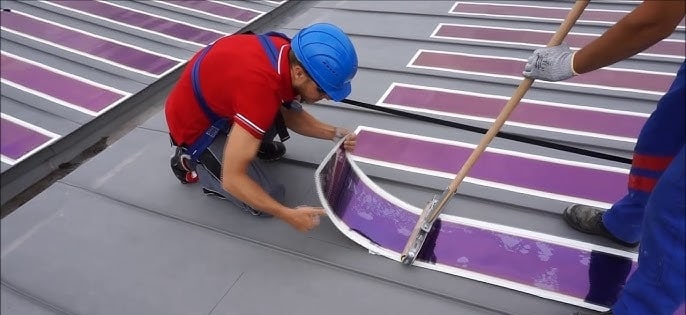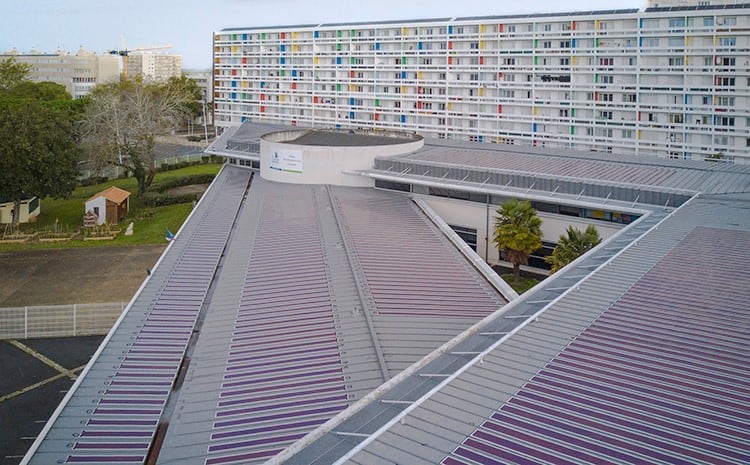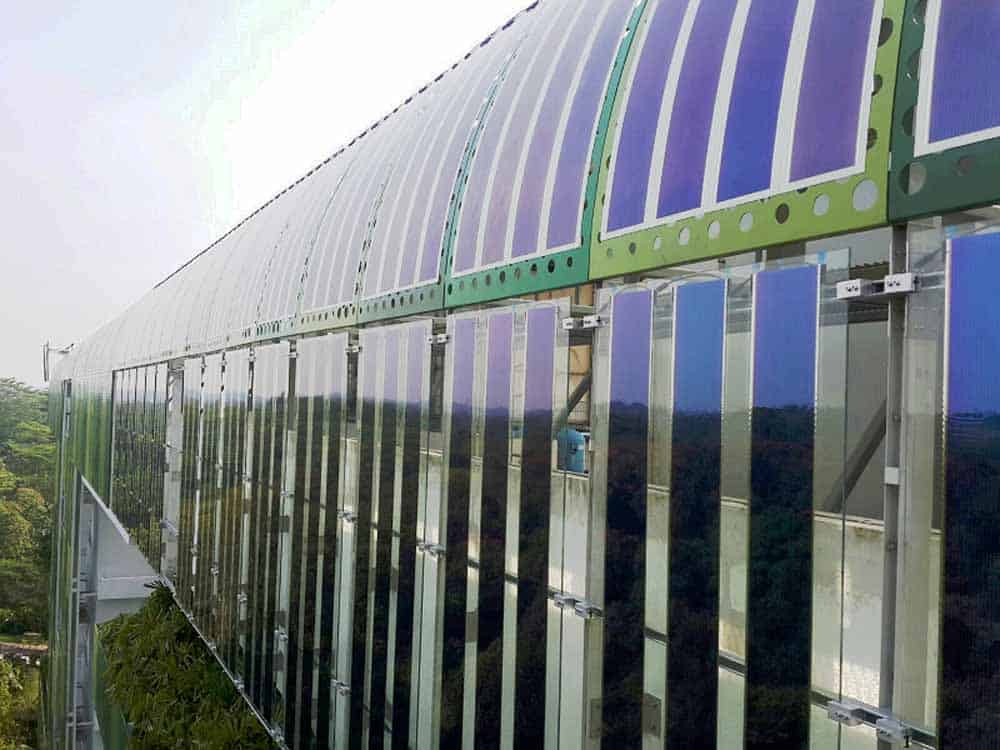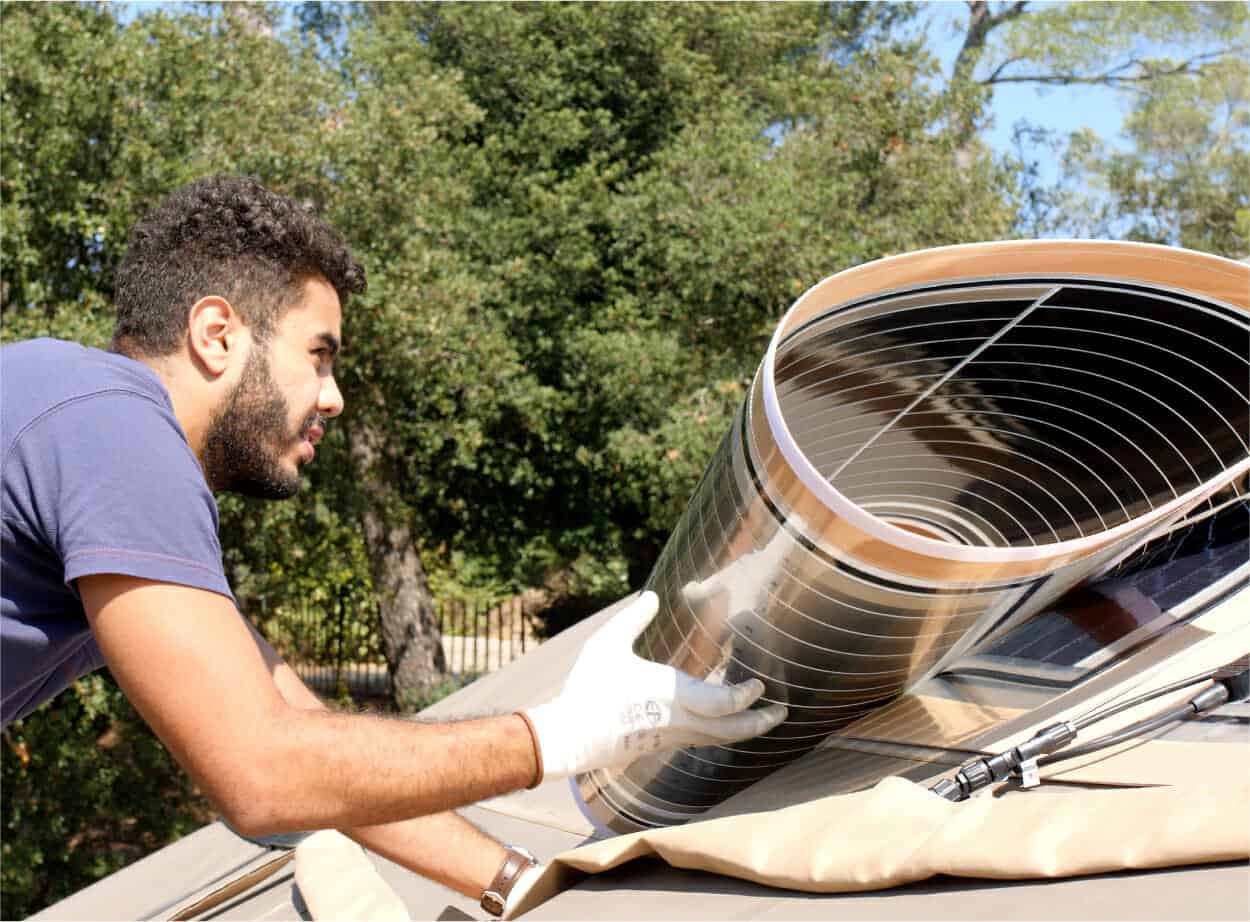 Presenting Solar Films as a Smart “Green” Innovation
Presenting Solar Films as a Smart “Green” Innovation
One remarkable breakthrough comes from the development of solar films by industry leaders like Germany’s Heliatek and France’s Solar Cloth.
These films, in contrast to conventional solar panels, are exceedingly light, thin, and flexible, which allows them to easily adapt to a variety of surfaces.
Unlike traditional solar panels, which are rigid and have limited placement, solar films are a newer and more flexible product.
This flexibility addresses the issue of a large percentage of global rooftop surfaces, around 98%, not being utilized for solar power generation.

These developments are not just more environmentally friendly alternates for fossil fuels, they are also completely changing several sectors, including transportation, construction, and agriculture.
These bendable ‘panels’ are lightweight, easy to install, and versatile. They match the performance of regular solar structures and come in intriguing variations.
Heliatek: Organic Photovoltaic Technology
Since 2017, Heliatek’s HeliaSol film has been actively installed on various buildings worldwide. Whether on schools, wind turbine towers, or logistic facilities, this ready-to-use film can cover façades or blend into roofing structures. It beats traditional panels by covering more surfaces, resulting in increased daily energy generation.
These film’s organic photovoltaics technology uses incredibly thin layers of specific ingredients to effectively convert light into power.
The solar film is incredibly thin and simple to apply, like a sticker. It’s excellent at producing large amounts of power with little carbon footprint.

Heliafilm and Solar Cloth
Heliatek offers HeliaFilm, as versatile as it is light and flexible. It sticks to glass, concrete, and metal, and they’re enhancing its color and transparency to blend seamlessly with glass.
Solar Cloth in France has the M170 solar film—ultra-thin, adaptable to any surface, and created using eco-friendly tech. It’s a game-changer for solar technology in textiles, boasting reduced production costs.


